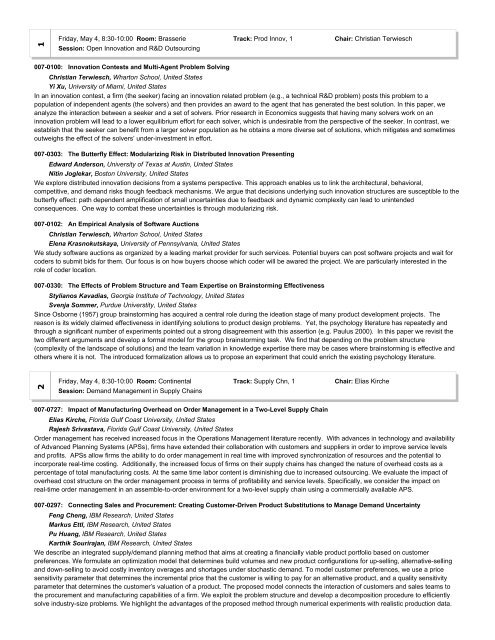Locational obsolescence is a term used in the real estate industry to describe a property’s loss of value due to factors related to its location. It refers to the decline in desirability and economic viability of a property, often caused by external factors beyond the control of the property owner. In this article, we will explore the concept of locational obsolescence, its impact on the real estate market, and how it can affect property values.
Table of Contents
What Causes Locational Obsolescence?
There are several factors that can contribute to locational obsolescence:
1. Changes In Neighborhood Characteristics
Neighborhoods evolve and change over time. What was once a thriving residential area may now have deteriorated infrastructure or increased crime rates. These changes can make the location less desirable for potential buyers or investors, leading to a decrease in property values.
2. Environmental Factors
Environmental factors such as pollution, noise, or proximity to hazardous sites can significantly impact a property’s value. For example, living near a busy highway or industrial area can result in increased noise levels and reduced air quality, making the location less desirable for potential buyers.
3. Lack Of Amenities And Services
The absence or insufficient availability of amenities and services such as schools, parks, hospitals, or shopping centers can diminish the desirability of a location. People often look for convenience and easy access to essential facilities when choosing a property, and the absence of these amenities can lead to locational obsolescence.

Credit: www.yumpu.com
The Impact on Property Values
Locational obsolescence can have a significant impact on property values:
1. Decreased Market Demand
A location affected by locational obsolescence may experience a decrease in market demand. Potential buyers and investors might be hesitant to invest in properties located in areas with declining desirability and limited growth potential, resulting in reduced property values.
2. Longer Time On The Market
Properties affected by locational obsolescence tend to stay on the market for more extended periods. The lengthened time on the market can further decrease property values as buyers perceive these properties as less attractive or with limited investment potential.
3. Negative Price Adjustments
In order to attract buyers, sellers may have to adjust their listing prices downwards, leading to negative price adjustments. This downward pressure on property prices can have a ripple effect on the surrounding area, further exacerbating the locational obsolescence issue.

Credit: www.tandfonline.com
Strategies for Dealing with Locational Obsolescence
While locational obsolescence may seem like an insurmountable challenge, there are strategies that property owners and investors can adopt to mitigate its impact:
1. Property Renovations And Improvements
Investing in property renovations and improvements can help enhance the desirability of a location. Upgrading the property’s features or amenities can attract potential buyers and improve its marketability, thereby offsetting the negative effects of locational obsolescence.
2. Neighborhood Revitalization Efforts
Collaborating with local authorities or community organizations to initiate neighborhood revitalization efforts can help in combating locational obsolescence. These efforts can lead to improved infrastructure, amenities, and services, thereby rejuvenating the area and increasing property values.
3. Targeted Marketing Strategies
Developing targeted marketing strategies that highlight the unique aspects and potential of a property despite its location can help attract potential buyers who are willing to overlook the locational obsolescence. Effective marketing techniques can emphasize the property’s value proposition and potential for future development or growth.
4. Property Repurposing
In some cases, properties affected by locational obsolescence can be repurposed to cater to alternative uses. For example, a commercial property may be converted into a mixed-use development, thereby revitalizing the area and attracting a new set of buyers or tenants.
Conclusion
Locational obsolescence can be a challenging issue for property owners and investors, but it is not insurmountable. By understanding the causes of locational obsolescence and adopting appropriate strategies, it is possible to mitigate its impact and preserve property values. Property renovations, neighborhood revitalization efforts, targeted marketing strategies, and property repurposing are just some of the approaches that can help combat locational obsolescence and unlock the potential of a property, despite its less-than-ideal location.
